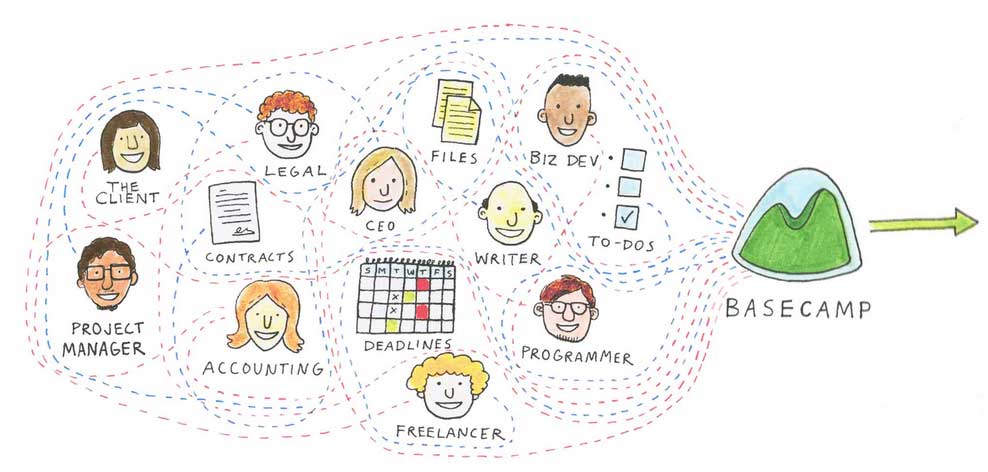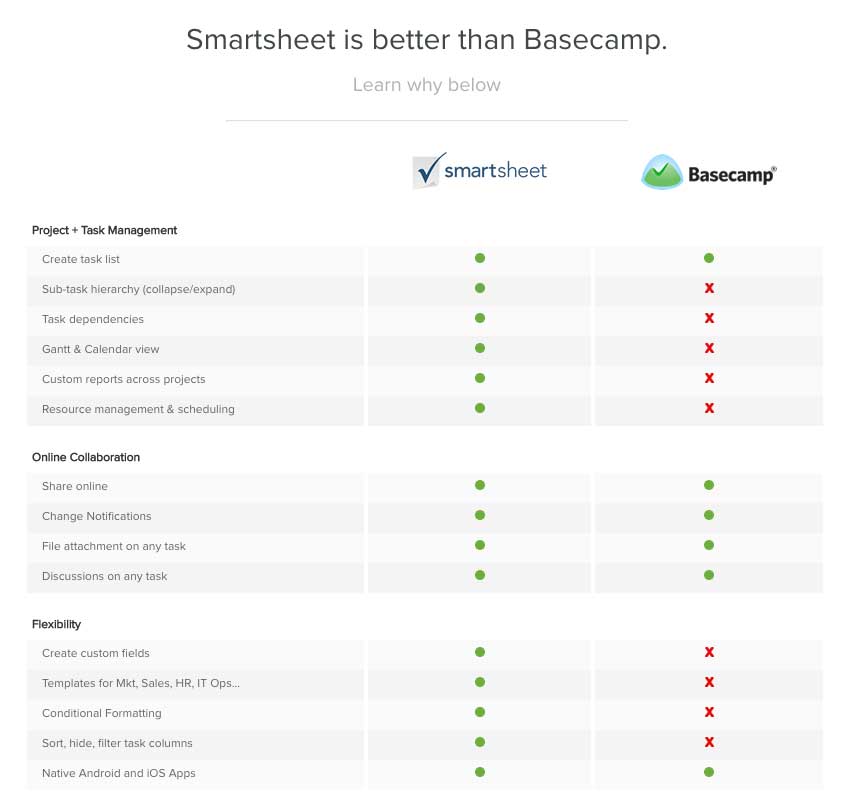You believe your product is the best on the market. But nobody (those who you’ve built your product for!) is listening. It’s a constant struggle.
All the effort has gone into making the product unique. More worthwhile to the end user. But then, we unleash our marketing campaigns with little response. We take pride in the fact our product is ‘different from the competition’ without explaining why.
The thing is, as consumers, we don’t buy difference. Our buying response is triggered by emotion. How products make us, as people, feel. This is why we don’t sell features. People don’t buy features. We don’t even buy the benefit they provide. We buy the way that those features and benefits make us feel.
A quick example. Next day delivery of a printer cartridge.
- It’s compatible with my printer? great.
- It’s delivered tomorrow by 12pm? marvellous.
Combine the two and I’m safe in the knowledge that if my current cartridges run out tomorrow I can still print out those reports. That’s a reassuring feeling. The combination of feature and benefit delivers that feeling. The minimum viable value proposition is ‘cartridges that fit your printer, delivered tomorrow’.
There are even better ways to sell those cartridges. It takes place after the initial sale. To sell the idea that the purchase your customer is making is a short-term solution. What if you could alleviate the constant frustration of dried up printer cartridges by subscribing and receiving new cartridges over a period of time of your choosing? In marketing speak we’re targeting a pain point.
It’s a similar formula to what I work on with my own SaaS clients. Let’s not burden our prospects with a host of benefits, price-points and ‘differentiated’ solutions. Let’s keep things simple. The simple sell. Let’s battle one pain point at a time. It keeps your message focused. As consumers, we’re too easily overwhelmed.
This is why I love the simplicity of the Ghost.org homepage:

They sell the idea of powerful simplicity and the added benefit of sharing your story with the world. It strikes at a range of emotions. Anything more complex and we’d straightaway be considering whether we have the time (or energy) to learn new tools.
Also, look at that call to action button. No 7-day trial or exclusive offer. Just the invitation to test Ghost.org out in 3 simple steps.
THE STRUGGLE FOR SIMPLICITY AND THE IMPACT OF CUSTOMER BEHAVIOUR
I’m not privy to the conversion figures on the example above. I just really admire how a business can break their offering down to one solitary headline and supporting sentence.
Basecamp do something very similar on their homepage

One simple visual that helps you understand what their software allows for. Collaboration between individuals and departments across a range of tasks (examples highlighted within the image).
Again, that element of simplicity. Basecamp is all about being organised. What emotion is triggered when you’re feeling organised? This is a prime example of implicit selling. It’s a hugely successful method to help you strip down all the potential benefits of your product into the context of your audience.
How do Basecamp’s competitors draw attention to their alternative? The matrix diagram of benefits…

The cold-selling of features without emotion.
I advocate that no matter how complex your offering may be, keep the message simple. The sale, particularly for SaaS (Software as a Service) providers doesn’t take place immediately. It’s nurtured through an educational path.
For the marketer, that customer’s path is paved through the measurement and understanding of customer behaviour. The educational process (i.e. sales nurturing) is the drip-feed of knowledge morsels that highlight the value of your proposition. It allows your customer to build their own picture of how your product, craft or service is important to them. Now, those benefits (and the associated features) show their true value. This is the ‘onboarding’ process.
You don’t have to spell out everything to your prospect. Provide the path and be the guide. Think about how the Ghost.org example above could work for your own business. Consider how email and social tools can help educate your prospects in a step-by-step process rather than a huge list of bullet point benefits.
Your struggle knowing your offering is better than the competition is your position of strength. It’s not a differentiator until you’ve taken the time to let educate your prospect as they get to know you and the product you provide and how that product makes them feel. Too many businesses are missing the opportunity that marketing technology provides them. The ability to develop the stepped approach to educate your customer and trigger positive emotion.
The real value here, for you and your business, is the ability to lessen the emphasis on the price-point differentiator your competition wave in the face of your own prospects. Sure, there’s a percentage of your buyers who are driven by savings and buy based on price. It happens. Your industry. Every industry. They’re not your target market when your product outsmarts the competitors. Let them work on reduced margins. See who lasts the course.
WHAT’S YOUR MINIMUM VIABLE VALUE PROPOSITION?
Take another look at your landing pages, your product descriptions and your own value proposition. If you’re struggling to convert prospects into customers consider how you can strip that core message down to a singular base value? Something that resonates, something that makes your prospect think ‘Sure, I’ll test this out’.
That’s the connecting point. That’s where you open your doors and show your customer how what you make matters to them. That’s where your prospect learns how (and why) your product is indeed better.

